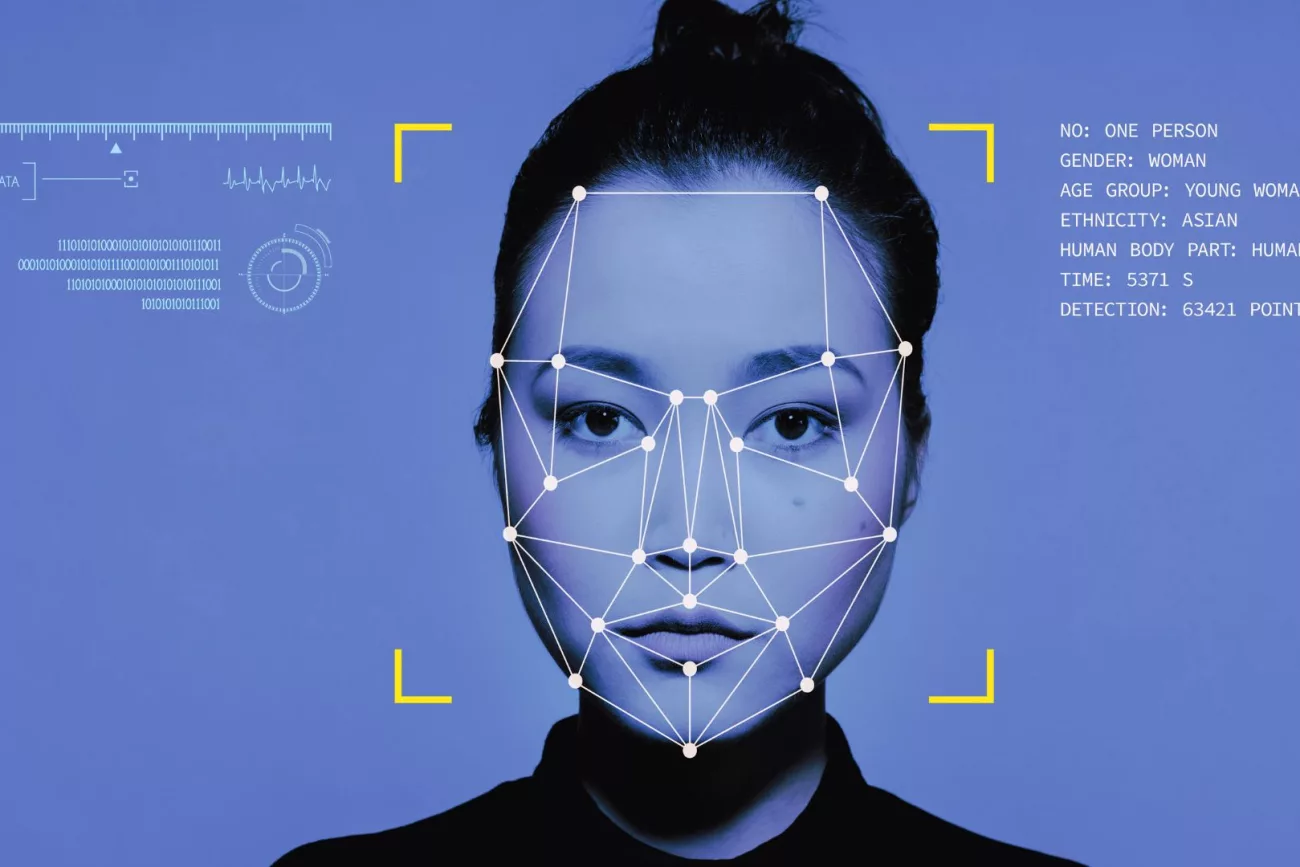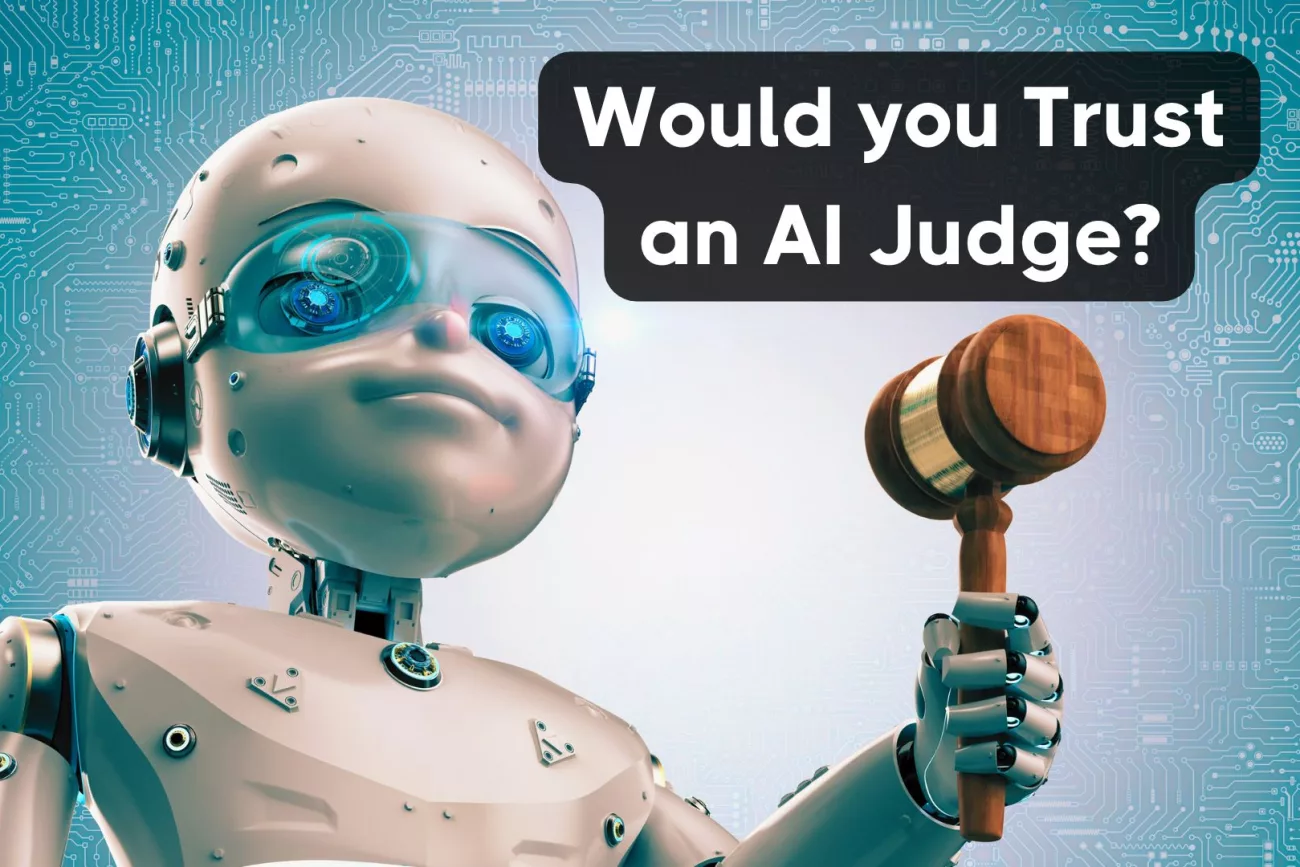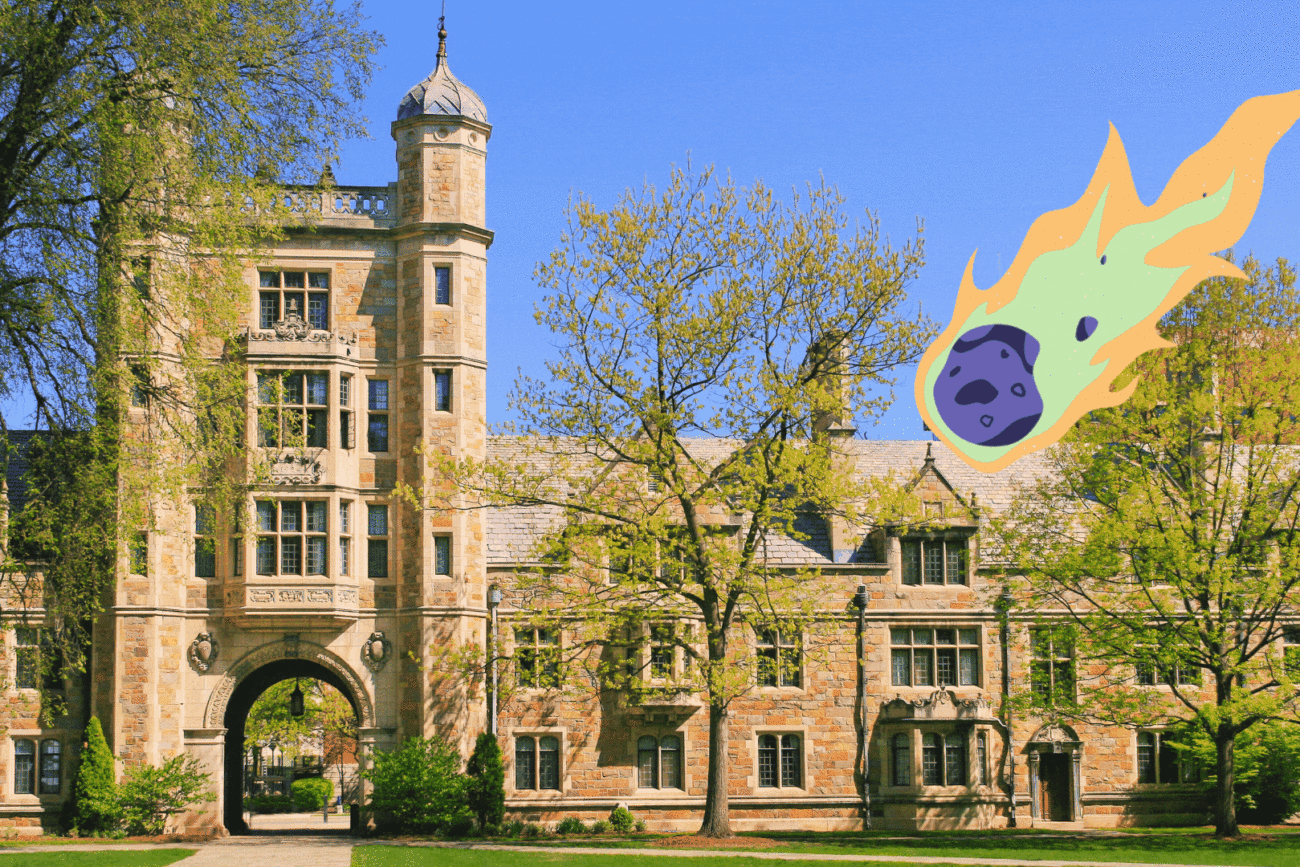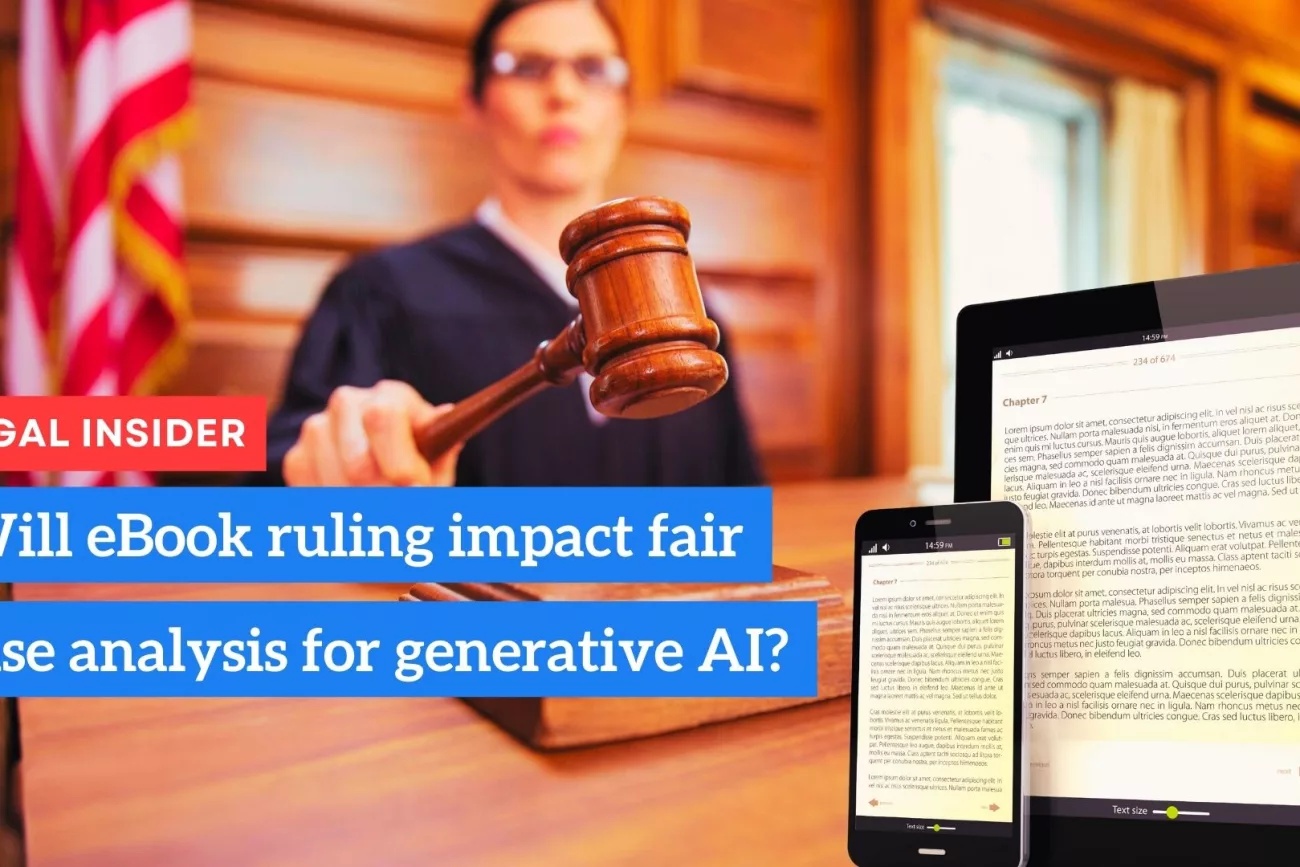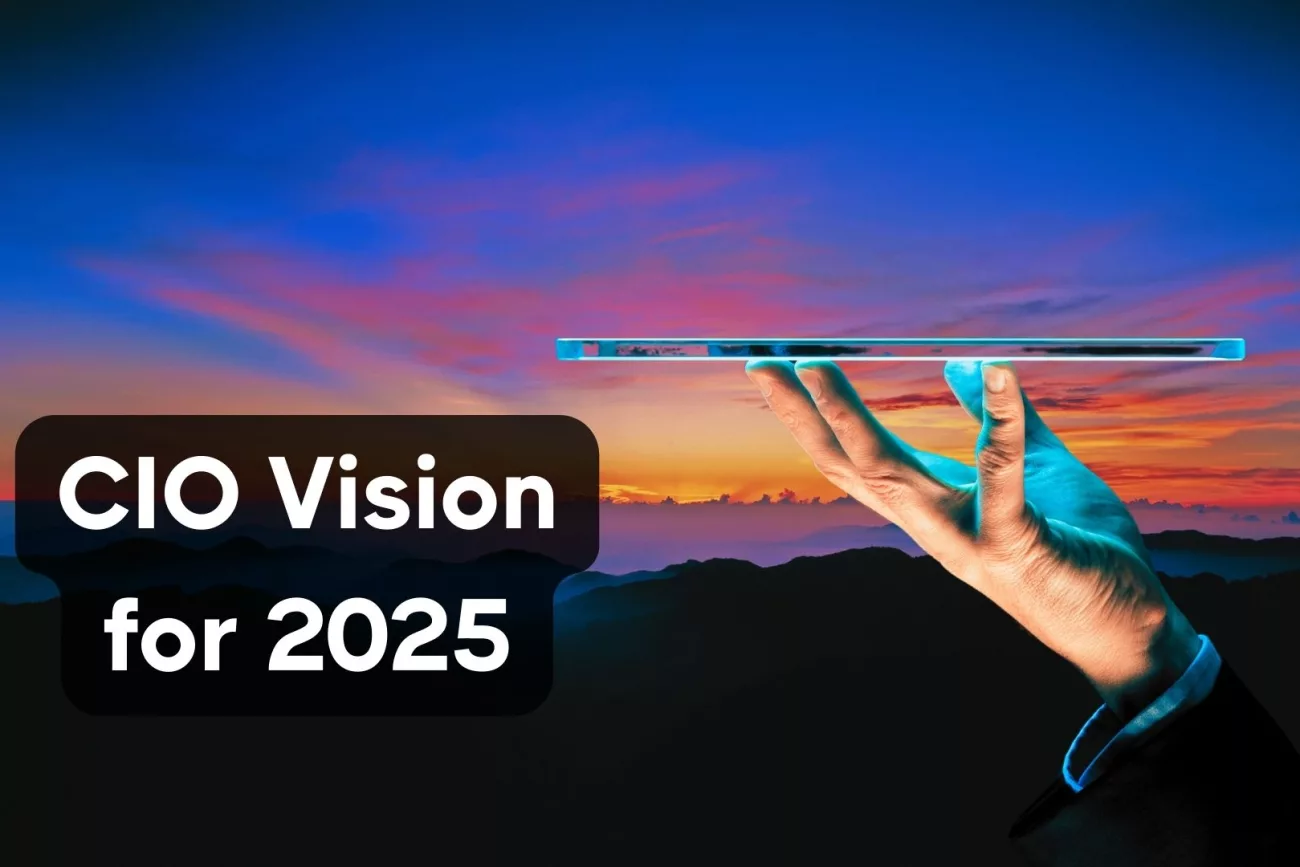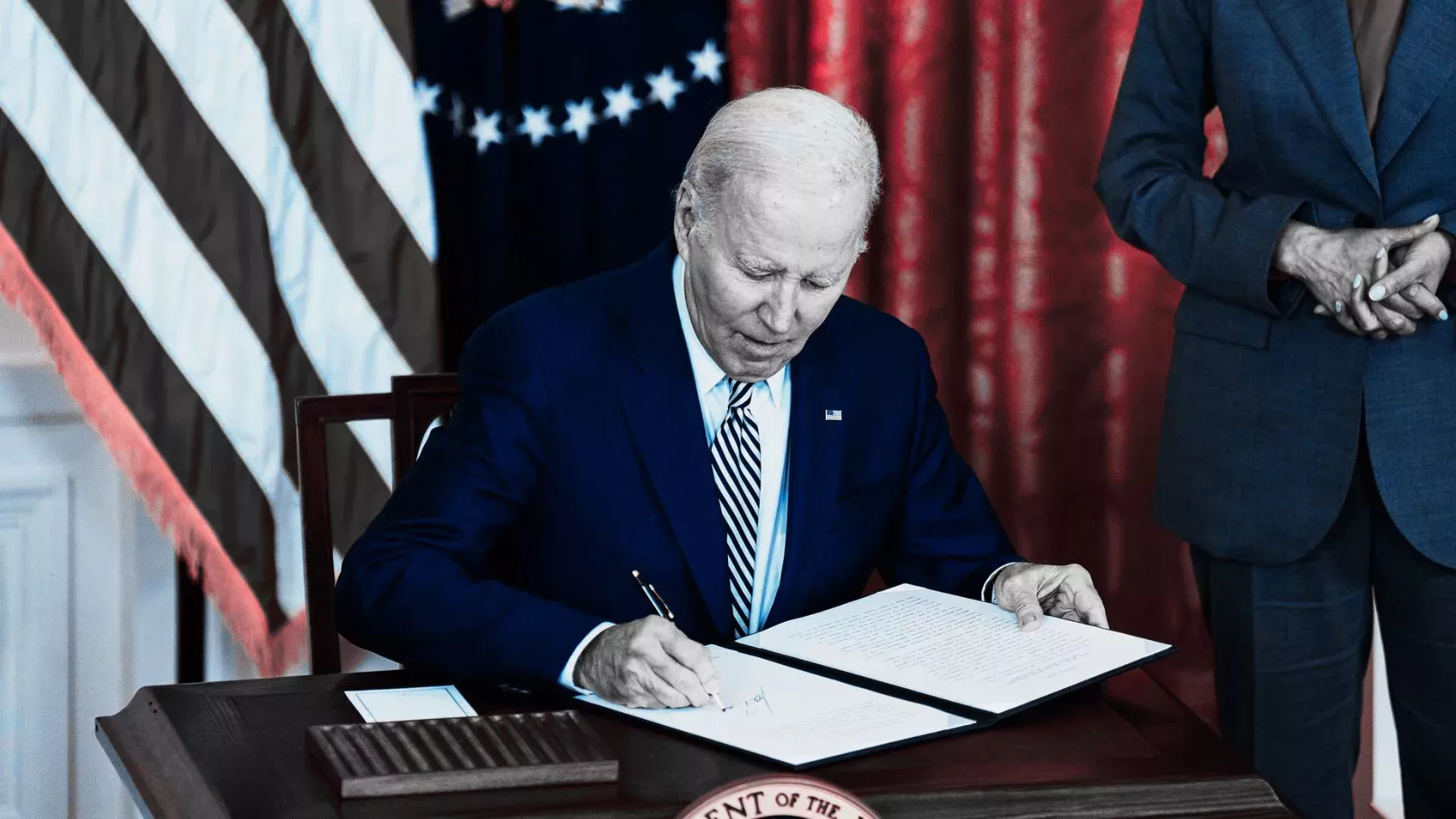
Key Points
The White House has introduced a comprehensive executive order that imposes new regulatory measures on the AI industry, signaling a shift towards greater oversight.
The order tackles the need for transparent AI safety tests, standardization, and non-discriminatory systems, balancing the scale between innovation and ethical considerations.
A strong focus on data privacy, especially for minors, and the embedding of civil rights into AI systems are central to the executive order’s strategy.
The executive order will have significant global implications, prompting industry leaders to adjust compliance strategies and attorneys to navigate a new legal landscape.
Legal Bots: Are They Diminishing the Value of Legal Expertise? 🤖⚖️
Key Points: Legal bots are increasingly prevalent in the legal profession, automating tasks and increasing
Sequoia Capital Bets Big on Legal AI Startup Harvey: Is This the Future of the Legal Industry?
Harvey Legal AI Key points: Sequoia Capital invests in legal AI startup Harvey, signaling a
Mastering Irrevocable Trusts: The Key to Wealth Protection and Tax Savings
Mike Ruggles Founder & CEO Instagram Linkedin Follow me on Instagram & LinkedIn for exclusive
The White House’s AI Regulation Bombshell: A New Era for Tech?
In the sprawling digital age, artificial intelligence (AI) has evolved from a sci-fi fantasy to an everyday business partner. Its influence is pervasive, its capabilities astonishing, and its potential, until now, largely ungoverned.
Enter the White House with a regulatory curveball that could change the game for the tech giants and garage-based disruptors alike. This announcement isn’t just a policy tweak; it’s a seismic shift that could send ripples through Silicon Valley and beyond, challenging the legal acumen of attorneys nationwide.
The AI Regulation Landscape: Pre-Order Analysis
Rewind to the time before this executive order. The AI industry was like the Wild West: a land of uncharted territory and unbridled innovation. Here, ethics often played catch-up with technology, and the rule of law was a step behind the rule of code. The lack of regulation has been both a blessing and a bane—spurring creativity yet leaving critical questions of morality and safety in a grey haze.
Dissecting the Executive Order: A Clause-by-Clause Breakdown
1. Safety Test Transparency
The order’s call for transparent safety testing is a bid to raise the bar for AI reliability. This could foster a culture where companies vie for the gold standard in safety, but it also stirs the pot of intellectual property concerns. How will firms balance the open book of safety with the lock and key of trade secrets?
2. The Standardization of Red-Team Testing
With the National Institute of Standards and Technology setting the pace, red-team testing—wherein systems are poked and prodded for weaknesses—could become as commonplace as fire drills. This calibration with other industries could be a game-changer, but will the unique nature of AI resist standard benchmarks?
3. The Bio and Science AI Directive
In bioscience, AI is both a scalpel and a sledgehammer. The directive’s push for standardization could streamline breakthroughs or stifle them under red tape. What’s at stake is not just innovation but human health.
4. Watermarking AI-Generated Content
Amidst the deepfake dilemma, watermarking AI content is a clarion call for authenticity. But can technology keep pace with the counterfeiters, and can the law enforce a watermark in the digital stream?
5. The AI Cyber Challenge Amplified
The executive order amplifies the call for cybersecurity to safeguard AI’s integrity. But as any legal eagle knows, previous measures have been a patchwork quilt at best. Will the new guidelines weave a stronger net?
6. Urging for Bipartisan Data Privacy Legislation
Data privacy is the new frontier in child protection, and the order’s emphasis here is as much a moral imperative as it is a legal one. Can bipartisan support be rallied to shepherd these digital natives safely?
7. Scrutiny Over Data Policies
The scrutiny over data policies could put AI companies in a regulatory chokehold or could purify the data streams feeding our AI. The balance between innovation and privacy rights will be a tightrope walk for any attorney.
8. AI and Discrimination: A Policy Response
Discrimination in AI is not a bug; it’s a feature of biased data. The executive order’s policy response must be a blueprint for building fairer systems. The strategies for non-discriminatory AI will test the mettle of every programmer and policymaker.
9. Attracting AI Talent to the U.S.
The U.S. has long been an AI talent magnet. With the executive order, immigration policy could be rewritten to boost this intellectual import. But will this talent flow be a trickle or a flood?
10. Protecting Workers in the AI Evolution
The AI evolution is poised to remake the job market. Workers’ rights are in the crosshairs, and the order’s principles aim to be a shield. The challenge is to bend the arc of AI towards job creation, not just job displacement.
Civil Rights at the Heart of AI Regulation
The White House’s executive order isn’t just regulatory red tape; it’s a call to arms for civil rights in the age of algorithms. The mandate is clear: AI should be developed and deployed in a way that doesn’t just avoid harming civil rights but actively promotes them. This means algorithms must be transparent and explainable, ensuring that decisions made by AI—such as those regarding loans, hiring, and law enforcement—are fair and equitable.
It dives into specifics, demanding accountability for biased outcomes and urging the creation of AI that’s inclusive by design. This part of the regulation stands out as an antidote to the troubling trend of AI systems inheriting the prejudices of their creators or the biases in data. The order outlines steps to correct this, including regular impact assessments and public reporting on AI performance across different demographic groups.
For attorneys, this integration of civil rights into AI regulation means a new playbook is in order. Legal strategies will need to encompass not just traditional non-discrimination laws but also emerging tech-specific guidelines. Firms specializing in civil rights, employment, and tech law will likely see an uptick in clients seeking guidance on building and deploying AI within the new legal framework.
The Global Reaction: Industry Leaders Weigh In
The reactions from within the AI industry to the White House’s executive order have been as varied as the algorithms themselves. Google’s Sundar Pichai has called for sensible regulation that balances potential harms with innovation. IBM has underscored the importance of trust and responsibility in AI, while Microsoft’s Brad Smith has emphasized the need for governments to act without stifling innovation.
Startups, too, are chiming in, with many expressing cautious optimism. They see the regulatory clarity as potentially leveling the playing field, where compliance could become a competitive advantage. Yet, there’s an undercurrent of anxiety about the costs and complexities of adhering to new standards.
For the legal industry, these varied responses from tech leaders suggest a complex advisory landscape ahead. There will be new niches for legal expertise in helping companies interpret and implement regulations. Moreover, the international scope of these companies means that the executive order could have ripple effects, influencing AI regulation globally. Attorneys with an international practice will need to navigate not just U.S. law but the patchwork of global regulations that may arise in response.
The Debate: Innovation vs. Regulation
The age-old tussle between innovation and regulation is at the heart of the executive order. One camp heralds regulations as guardrails for progress, while the other sees them as handcuffs on creativity. The sweet spot, as attorneys know well, lies in the fine print and the foresight to anticipate unintended consequences.
Looking Forward: The Future of AI with Regulation
Predicting the future is a business as risky as it is rife with possibility. Under the new regulatory regime, AI’s trajectory will likely see shifts—some subtle, others stark. The dialogue between the policymakers, technologists, and public will be the crucible where the future of AI is forged.
A New Paradigm for AI
In sum, the White House’s executive order is set to redraw the AI landscape. Governance in the age of AI isn’t just about staying ahead of the curve; it’s about shaping the curve. This new paradigm calls for a governance that is as adaptive and intelligent as the technology it seeks to regulate.
Join the Conversation
For the legal eagles perched at the intersection of technology and law, this is not just a spectator sport. Get in the arena, join the conversation, and subscribe to the newsletter for legal updates that could redefine your practice—and perhaps, even the digital world at large.
Share this post
Frequently Asked Questions (FAQs)
Q: What is the White House's AI executive order?
A: The executive order from the White House introduces significant regulations for the AI industry, focusing on safety, ethics, and civil rights.
Q: How could AI safety testing transparency affect companies?
A: Companies might have to balance the benefits of improved AI safety standards against the potential exposure of sensitive intellectual property.
Q: What is the role of red-team testing in AI?
A: Red-team testing, as standardized by the new regulations, is designed to rigorously challenge AI systems, ensuring robustness and reliability.
Q: Will AI regulation affect data privacy for children?
A: Yes, the executive order emphasizes the importance of bipartisan data privacy legislation, particularly with respect to protecting children’s privacy online.
Q: How might the new AI regulations impact the job market?
A: The regulations aim to protect workers’ rights by encouraging principles that guide AI development towards job creation rather than displacement.




